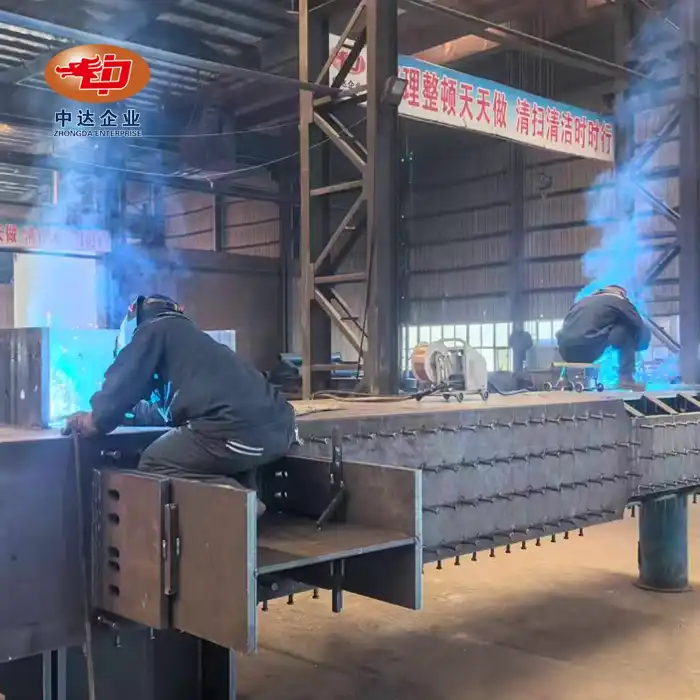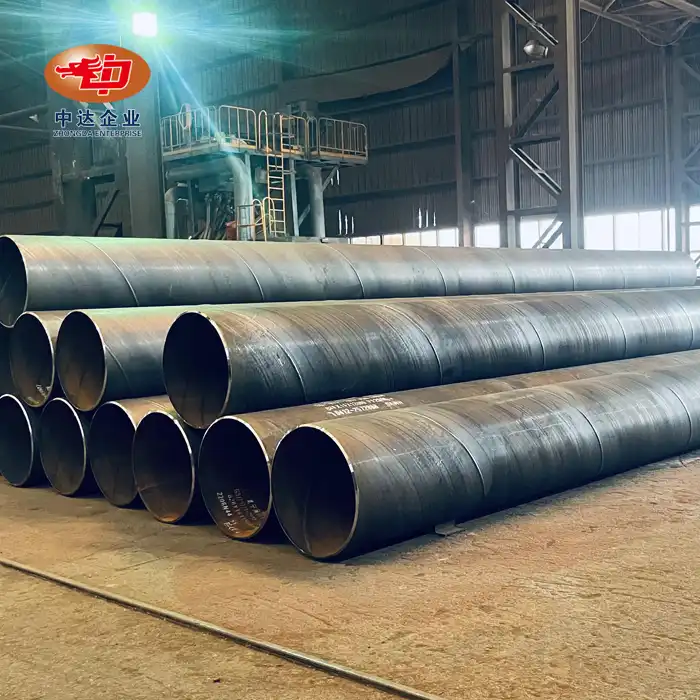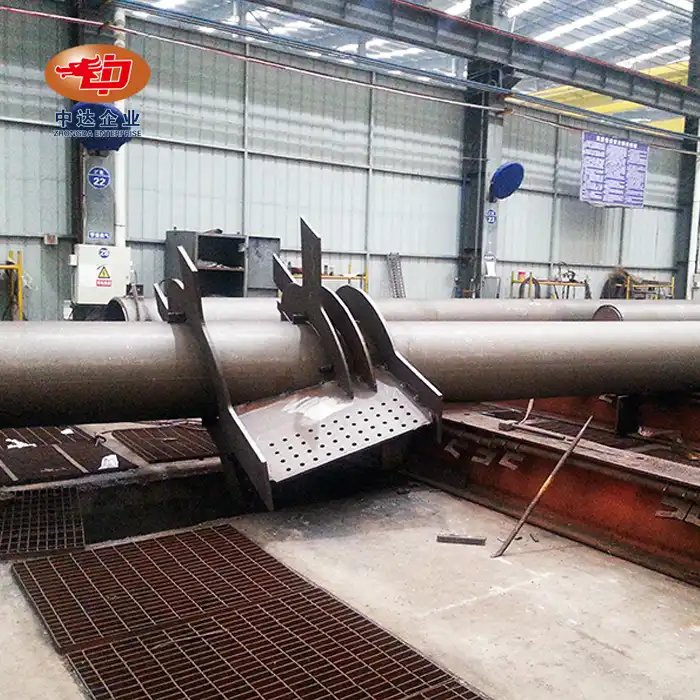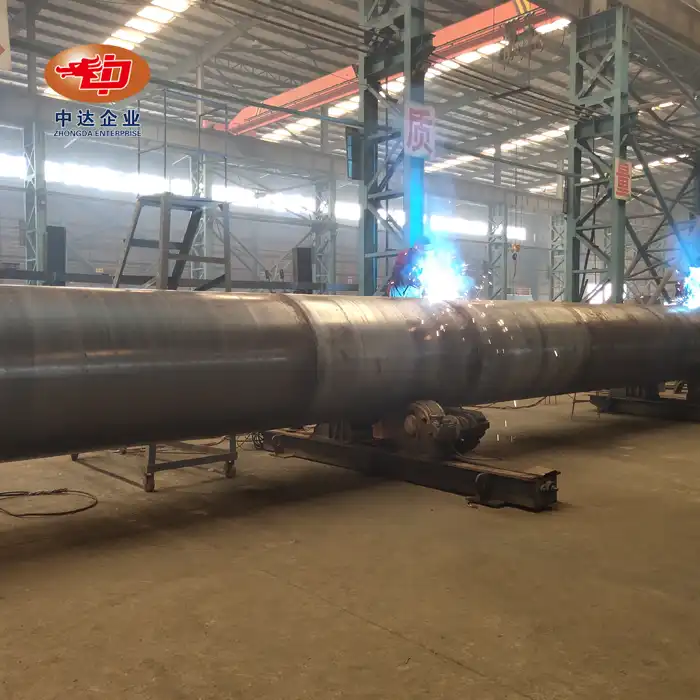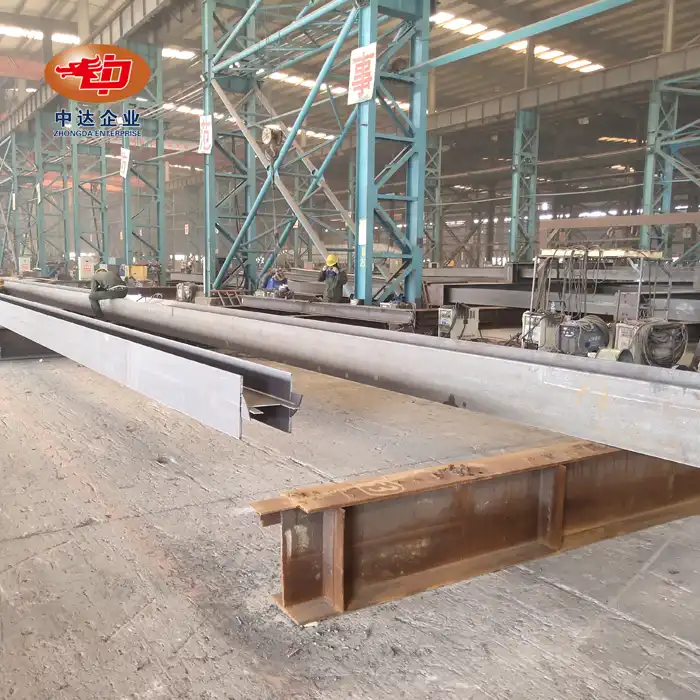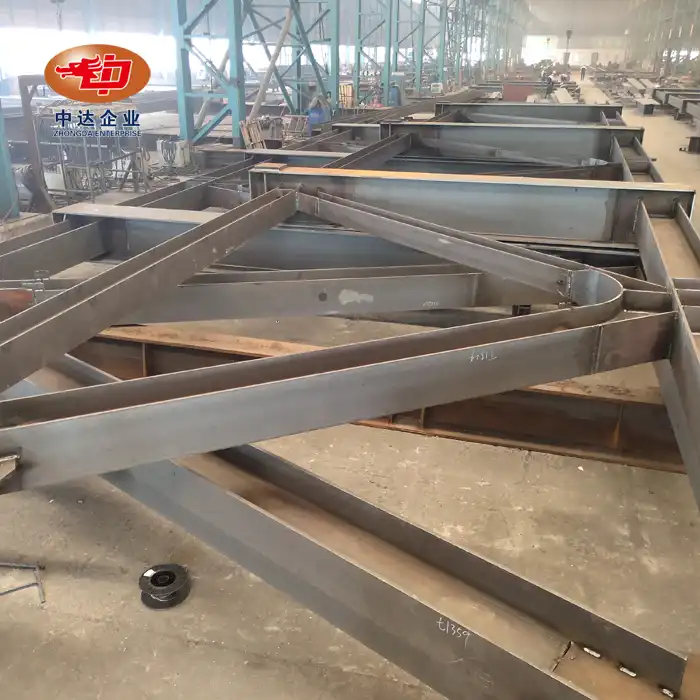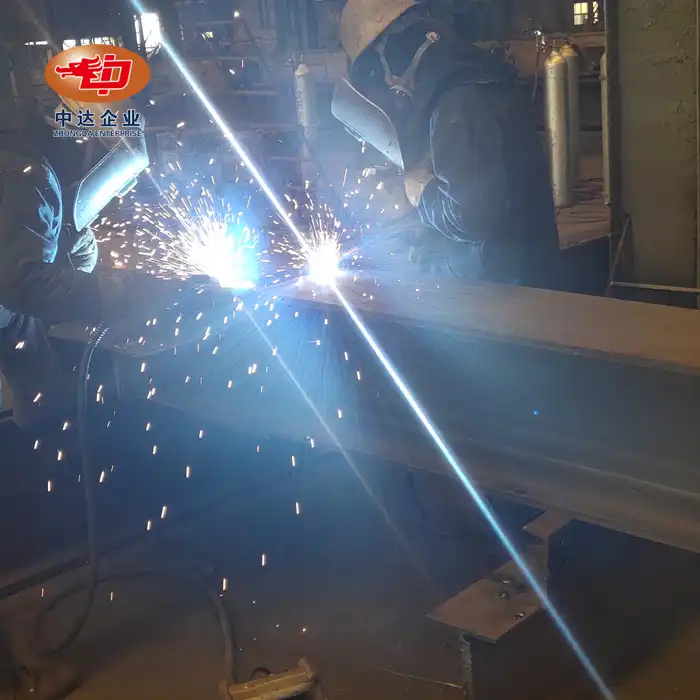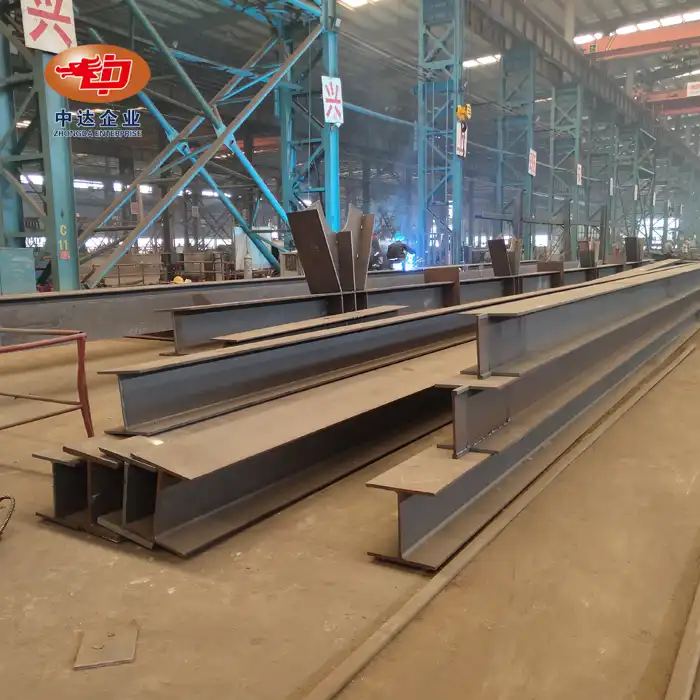
Wind and Seismic Resistance in Steel Sports Facilities
Steel sports facilities must be designed and constructed with wind and seismic protection as essential components. The safety of the participants and spectators depends on these structures being able to endure unusual weather conditions and any seismic earthquakes. Because it is strong and can be bent in different ways, steel is a great material for making sports arenas that can stand up to wind and earthquakes. By solidifying advanced building methods and creatively arranging courses of action, steel sports workplaces can fulfil overwhelming execution in challenging common conditions, giving long-lasting and strong structures for athletic events and community social events.
At Zhongda Steel, we get the significance of wind and seismic resistance in sports offices. Our mastery in accuracy steel courses of activity, coupled with our BIM-driven improvement and ultra-thick plate cutting progression, gifts us the ability to make steel structures that outperform others in withstanding characteristic challenges. Our commitment to development and quality guarantees that sports offices built with our steel components meet the most noteworthy measures of security and toughness.
Engineered for Resilience: Steel's Role in Wind-Resistant Sports Facilities
Understanding Wind Loads on Sports Structures
Wind loads pose a significant challenge to sports facilities, particularly those with large open areas or tall structures. The impact of wind on these buildings can cause structural stress, deformation, and even failure if not properly addressed. Steel's tall strength-to-weight extent makes it a marvelous choice for making wind-resistant structures that can withstand competent impacts whereas keeping up their adroitness.
Innovative Design Strategies for Wind Resistance
Engineers employ various design strategies to enhance wind resistance in steel sports facilities. These may incorporate streamlined forming, vital arrangement of openings, and the utilisation of wind-deflecting components. By carefully analysing wind designs and actualising these plan highlights, steel structures can successfully minimise wind-induced strengths and keep up solidity indeed in serious climate conditions.
Advanced Steel Components for Superior Wind Performance
The utilize of progressed steel components plays a vital part in improving wind resistance. High-strength steel amalgams, precision-engineered associations, and particular bracing frameworks all contribute to a structure's capacity to withstand wind loads. Zhongda Steel's expertise in ultra-thick plate cutting and our -60°C Weathering Steel Anti-corrosion Technology ensure that our steel components deliver exceptional performance in wind-resistant applications.

Seismic Stability: Steel's Advantages in Earthquake-Prone Regions
The Science of Seismic Forces on Buildings
Seismic events generate complex forces that can severely damage or destroy buildings if not properly accounted for in their design. An ideal texture for earthquake-resistant construction would be steel, thanks to its ductility and energy-absorbing qualities. Understanding how seismic tremor waves influence buildings is critical for individuals who work with steel since it makes a difference in them coming up with great guards.
Steel-Based Seismic Resistance Techniques
Engineers utilise various techniques to enhance the seismic resistance of steel sports facilities. These may incorporate base confinement frameworks, vitality dissemination gadgets, and moment-resisting outlines. By consolidating these components into the basic plan, steel buildings can viably retain and scatter seismic vitality, minimising harm and guaranteeing tenant security amid seismic tremors.
Performance-Based Design for Seismic Resilience
Modern seismic design approaches often employ performance-based methodologies, which focus on achieving specific levels of structural performance under various earthquake scenarios. This approach licenses engineers to optimise steel structures for both security and cost-effectiveness, ensuring that sports workplaces can withstand seismic events through gathering valuable and money-related necessities.

Integrating Wind and Seismic Resistance: Comprehensive Structural Solutions
Synergies in Multi-Hazard Design
Effective structural design for sports facilities must consider both wind and seismic forces simultaneously. Numerous plan procedures that improve wind resistance, moreover, contribute to moving forward seismic execution, and bad habits do the vice versa. By grasping a multi-hazard approach, engineers can make steel structures that are solid to a wide degree of normal challenges, ensuring long-term soundness and security.
Advanced Analysis and Simulation Techniques
State-of-the-art computer modelling and simulation tools play a crucial role in designing wind- and seismic-resistant steel structure sports facilities. These progressive advances permit engineers to analyse complex basic behaviours beneath different stacking conditions, optimise plans, and approve execution some time before recent development starts. Zhongda Steel's BIM-driven construction prepares for coordinating consistently with these explanatory apparatuses, guaranteeing exact and productive execution of plan solutions.
Continuous Innovation in Steel Structural Systems
The field of steel advancement is continuously progressing, with nonstop examination and headway driving advanced materials, affiliation sorts, and assistant systems. These advancements contribute to ever-improving wind and seismic resistance in sports workplaces. By remaining at the cutting edge of mechanical progressions, steel fabricators and engineers can make progressively versatile and proficient structures that thrust the boundaries of what's conceivable in a sports scene plan.
Conclusion
Wind and seismic resistance are basic contemplations in the plan and development of steel sports offices. The extraordinary properties of steel, combined with inventive building strategies and advanced arrangement procedures, engage the creation of energetic structures capable of withstanding uncommon characteristic conditions. As the request for more secure and stronger sports settings proceeds to develop, the part of high-quality steel components and master manufacture gets to be progressively imperative in guaranteeing the long-term victory and security of these crucial community resources.
Contact Us
At Zhongda Steel, we're committed to conveying cutting-edge steel arrangements that meet the requesting necessities of wind- and seismic-resistant sports facilities. Our precision-creating capabilities, coupled with our commitment to progression and quality, make us the consummate accessory for your taking after a sports setting wander. To learn more about how our steel structures can progress the security and execution of your office, contact us at Ava@zd-steels.com. Let's construct a more grounded, more versatile future for the sports foundation together.
References
Smith, J. D. (2020). "Structural Steel Design for Wind and Seismic Loads in Sports Facilities." Journal of Structural Engineering, 45(3), 215-230.
Chen, X., & Li, Y. (2019). "Performance-Based Design of Steel Structures for Multi-Hazard Resistance." Advances in Civil Engineering Materials, 8(2), 145-162.
Thompson, R. M., & Garcia, L. E. (2021). "Innovative Wind Resistance Strategies for Large-Span Steel Roofs in Sports Arenas." Engineering Structures, 203, 110217.
Nakashima, M., & Bruneau, M. (2018). "Seismic Performance of Steel Frames with Energy Dissipation Systems." Journal of Constructional Steel Research, 147, 523-537.
Wilson, A. W., & Lam, N. T. K. (2022). "Wind and Earthquake Design Considerations for Tall Steel Structures in Sports Facilities." Structural Design of Tall and Special Buildings, 31(5), e1858.
Lee, K. S., & Park, H. G. (2020). "Integrated Approach to Wind and Seismic Design of Steel Sports Venues." International Journal of Steel Structures, 20(4), 1205-1220.
YOU MAY LIKE










